A New Approach to
Atmospheric CO2 Drawdown
Harvesting carbon from the air and investing it
in renewable energy equipment
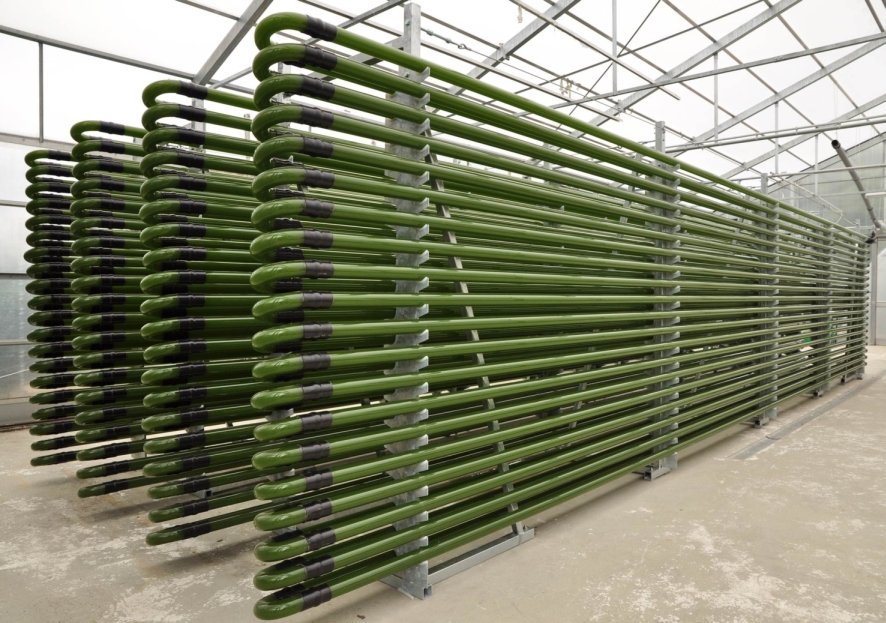
Algae Photobioreactor
By IGV Biotech - Own work, CC BY-SA 3.0, https://commons.wikimedia.org/w/index.php?curid=25767679
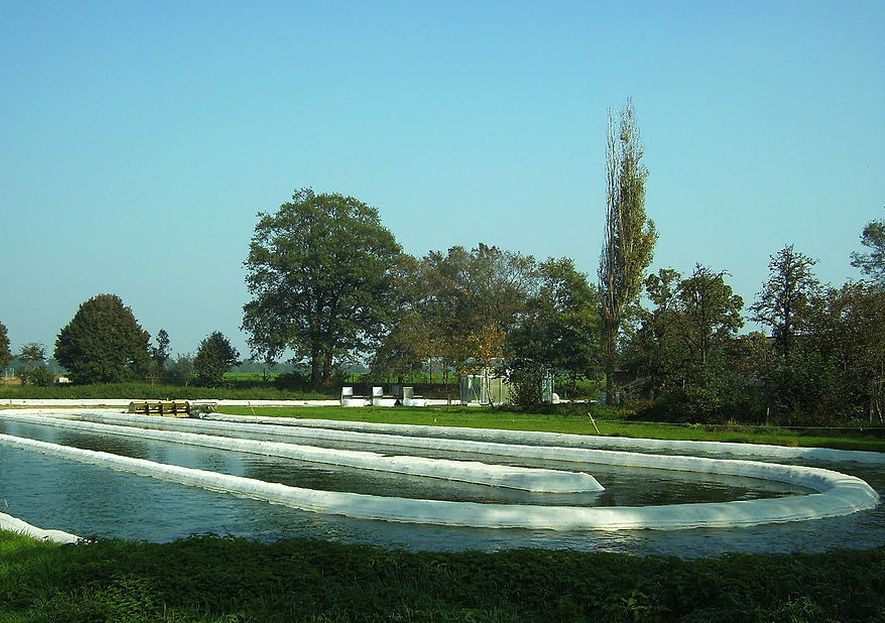
Algae Raceway Pond
By JanB46 - Own work, CC BY-SA 3.0, https://commons.wikimedia.org/w/index.php?curid=16863305
Keeping global warming below 1.5° C requires that we
1. TAKE CARBON OUT OF THE AIR
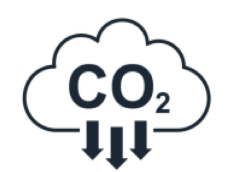
The IPCC Sixth Assessment Report, Climate Change 2022 projects that we will need to draw down a cumulative total of between 20 and 660 billion metric tons (“gigatons”) of atmospheric CO2 by 2100.
This drawdown of CO2 overload must occur
in addition to meeting the Paris Agreement
Net-Zero emissions goals.
2. STOP PUTTING CARBON INTO THE AIR
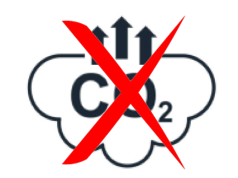
The Paris Agreement defines how quickly nations plan to stop putting carbon into the air.
The UN Emissions Gap Report 2022 finds that the world is far off track on closing the gap to Net-Zero needed to stay under 1.5° C.
The CO2 overload in the atmosphere
is growing daily.
Did You Know:
Microalgae are responsible
for over half of the world’s oxygen?
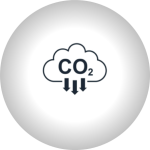
Microalgae use photosynthesis to turn CO2 from the air into biomass and oxygen.
An acre of microalgae draws down 2.7 tons of CO2 per day. For comparison, an acre of mature trees draws down 2.6 tons per year.
One acre of algae draws down 985 tons of CO2 each year.
Microalgae grow very fast and can be harvested many times a year. This is the key to achieving atmospheric CO2 drawdown at scale. The algae capture carbon from the air and convert it into food for growth while returning oxygen to the air. Algae are harvested frequently and used as biomass for hydrocarbon splitting. The result is hydrogen gas, carbon allotropes, trace minerals for soil enrichment, and renewable electricity.
The drawing below illustrates the full benefits that arise from pairing algae biomass farming with hydrocarbon splitting.
- The resulting high-volume hydrogen becomes net-hydrogen fuel for clean energy production.
- Carbon allotropes provide next generation materials for manufacturing “green machines”— renewable energy generators, carbon-reinforced infrastructure, and lighter weight vehicles.
- The entire process is conducted with renewable zero-carbon energy.

Algae Biomass + HydroCarbon Splitter™
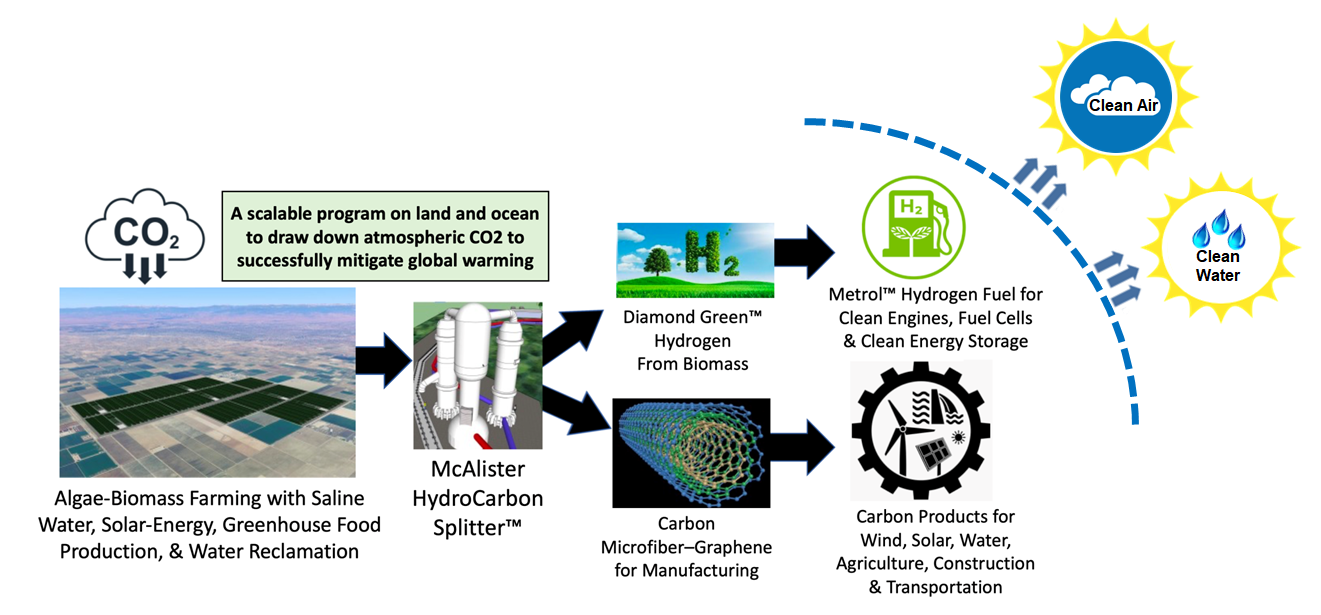
The Big Idea
Helpful Links

